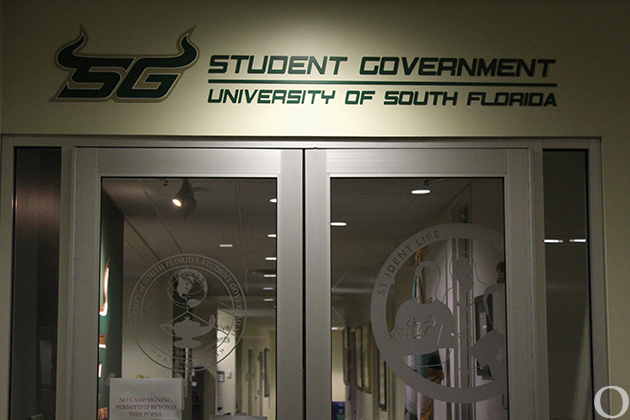New enrollment of black students down at USF
According to the USF Diversity Profile, the number of black students attending college for the first time has decreased by 15 percent; however, there has been an increase of 7.5 percent in the number of black transfer students. It may be too soon to say why there has been a decrease in black student enrollment at USF, but some critics cite heightened admissions standards and the state’s 5-year-old One Florida Plan as possible causes for the slide.
Interim Assistant Vice President of Enrollment Jim Malek said that the numbers should be monitored and that enrollment may have dropped because more students are enrolling in community colleges, explaining the increase in black transfer students. Across Florida, the number of black students enrolling in community college is increasing.
According to the Florida Department of Education, “The Florida Community College System has shown a 19.9 percent increase in African-American student enrollment.”
Private and state universities are exceptionally more expensive than community colleges and could be one of the reasons for the drop in traditional college enrollment. For example, the cost per credit hour at Hillsborough Community College is $66 while the cost at USF is $101.
“Community college is cheaper and more economically feasible for more African-American students who may want to seek higher education but cannot afford a university such as USF,” said Crystel Dawson, president of the Black Student Union.
Recently USF has increased its standards of admission, which some attribute to the decrease in the number of black students.
“The fact that standards have been raised is going to affect minorities gaining admission,” said Esque Dollar, a senior and member of the BSU. “One of the changes that will take place from the increase of standards is the need for students to have higher SAT scores.”
Others oppose measures such as the One Florida Plan, which guarantees acceptance at a major Florida university for high school graduates in the top 20 percent of their class. The plan helps select the best students for admission regardless of race and gender, and some say the plan may be another cause for the reduced number of black college students.
However, even though the numbers show a dip in the amount of black students enrolled this year, there has been an overall increase of 24 percent since the One Florida Plan began in 1998, said Russell Schweiss, a spokesperson for Gov. Jeb Bush.
In a statement issued by his office, Bush said, “Florida’s universities deserve recognition for recruiting the best and the brightest from all ethnic and socioeconomic backgrounds.”Schweiss said that apart from the One Florida Plan, schools are still “encouraged to have their own method of recruitment to attract minority students.”
Here at USF, underprivileged students can get help during their first year with a program called Project Thrust. The program is specifically designed to provide a smoother transition and to help keep students in college.
Student organizations have also been promoting diversification.According to Dawson, the BSU and Africana Studies will be mentoring students in underprivileged schools in order to help further their studies at USF.
“The sentiment is that the school is already diversified; however, diversification needs to continue to be a top priority,” Dawson said.
Along with mentoring, the BSU also hosts the Non-Greek Step Show. Students from area high schools are invited to USF to compete.
“This gives the students the opportunity to see USF and get an idea of what it is like here,” Dawson said.
Although USF has shown a significant decrease in black student enrollment, it is not the only school showing an overall decrease.
Five other major universities have reported a decrease, including Florida A&M University, a school that has the highest amount of black students enrolled in Florida.
“It would be interesting to have this conversation one year from now to see if this decrease is a trend,” Malek said.





